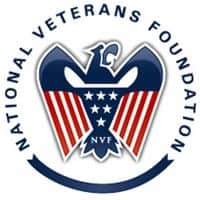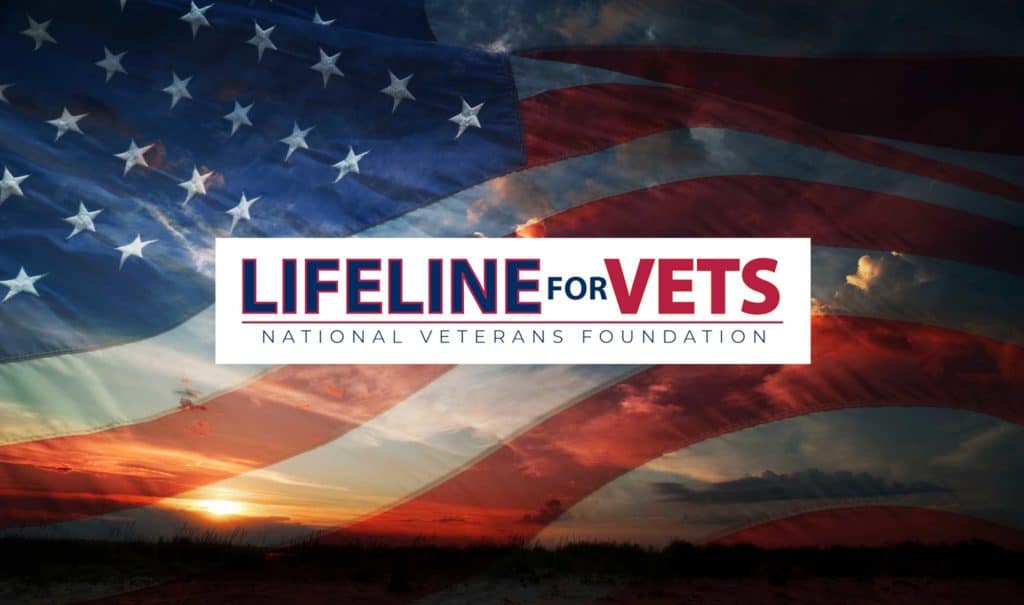Pre-PTSD: How Some Vets Became “Forgotten”
My career working with vets started when I got home from Vietnam in 1971. Initially I was hired to find out why vets were not using the VA Hospital in West Los Angeles. Finding the answer meant I had to find vets where they were living and talk to them. LA is a big, sprawling city. I started in Venice Beach, talking to clusters of vets on the streets, many of whom were homeless. That led me to the Venice Beach pier, then the canyons. I witnessed a range of behaviors and symptoms that came to be described as Post Traumatic Stress Disorder.
A lot’s happened since then. Now PTSD is a recognized diagnosis, listed in the DSM (Diagnostic Statistical Manual) since 1980. But it wasn’t widely known nor recognized when I was testifying in the sentencing phases of veterans’ trials in the early ‘80s. Those experiences resulted in the first book to lay out strategies for attorneys defending combat veterans in criminal courts. In 1988, the National Veterans Foundation sponsored the publication of Defending the Vietnam Combat Veteran by Barry Levin and David O. Ferrier. In 2014 we sponsored a more comprehensive edition, The Attorney’s Guide to Defending Veterans in Criminal Court by Brockton D. Hunter and Ryan C. Else.
But vets who were tried, convicted and sent to prison before PTSD was recognized are forgotten vets, many of them incarcerated for long sentences without parole. A particular case is that of James “Sneaky” White, a decorated Marine combat vet in Vietnam. He transferred to the Army to attend flight school so he could fly helicopters in country. For his service he was awarded the Distinguished Flying Cross, the first awarded to an enlisted man since WWII. The group he led, the Sneaky Whites, became known for their expertise. The name stuck.
I met Jim White at Tehachapi State Prison in 1978 at a VIP meeting (Veterans in Prison, a program I developed for the State of California). He was serving a life sentence without parole. We talked after the meeting. He wanted to form a vet group inside the prison, an idea he subsequently took to wherever he was transferred in the system.
At Ironwood prison his vet group organized food sales to inmates, sending the proceeds to local colleges for student scholarships. Over the years, they’ve raised over $350,000 for local community charities. Their contributions run about $30,000 per year, and it all happens from inside the prison.
In addition to that, White setup an education program where inmates can earn AA degrees in a number of fields. Our newest staff member at the NVF, Steve Duby, met White in Ironwood. Steve is a Certified Addiction Counselor who holds five AA degrees he completed in White’s program at Ironwood. Steve’s also certified through the Library of Congress as a Braille transcriber. “I saw the opportunity to be of service to adults and children in an unusual way, and I decided to pursue it,” he says. Being of service is what Steve’s all about. He co-authored, with Rory Folsom, Breaking Free, a Motivational Enhancement Therapy Model, now in use at California’s Ironwood Prison. He’s currently a counselor on our LifeLine for Vets hotline. Steve Duby is one of many whom James White has mentored. Countless inmates have turned their lives around because of him.
Since 1978 at least, White’s been a force for good. At the time of White’s trial, PTSD was not recognized at all. It was seen as a cop-out, a play for leniency by some prosecutors. We know better now. White never had the advantage of having his military service record nor his combat experiences taken into account. And now, it seems, not even his exemplary record as an inmate seems to count in his favor. Although several applications for clemency have been filed, none have come to fruition yet; there’s one pending now. Undaunted, White continues to give back to others. What’s remarkable about this man is his resilience and commitment to make the lives around him better regardless of the circumstances.
“Sneaky” White is living the words Semper Fi. His life gives a whole new meaning to them.
Here’s the question that rises for me: Does a nation who trains warriors and sends them into battle have any responsibility to them afterward? I think these forgotten veterans need the same chance that vets after 1980 got. There are 2600 vets like James White in the California prison system. That’s in a population of over 135,000.
Let’s look at the larger picture for these 2600 vets in California. Then let’s widen the lens to include other states.
If you know a vet in need, here’s our LifeLine for vets hotline: 888.777.4443.
You can be a part of our mission to help Veterans by making a tax-deductible donation!
About the Author
SUBSCRIBE TO OUR BLOG AND NEWS!
By submitting this form, you are granting: NATIONAL VETERANS FOUNDATION INC permission to email you. You may unsubscribe via the link found at the bottom of every email. (See our Email Privacy Policy for details.)
Related Posts





